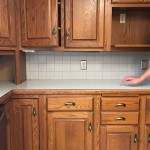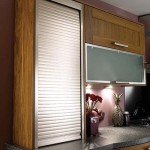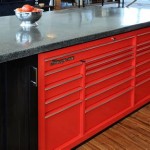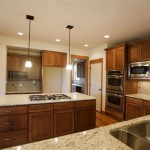Standard Kitchen Door Hinge Position: Essential Considerations
Installing kitchen hinges with precision is paramount for ensuring seamless cabinet operation and longevity. The standard position for kitchen door hinges depends on several factors, including the door size, weight, and cabinet construction. Here are the key aspects to consider:
Door Size and Weight: The size and weight of the door influence the number and placement of hinges required. Small doors with light weight typically use two hinges, while larger and heavier doors may require three or more hinges for optimal support.
Door Overlay: The door overlay refers to the amount of coverage the door has over the cabinet frame. Standard overlay for kitchen doors ranges from 1/2 inch to 1-1/2 inches. The overlay determines the location of the hinge cup, which is the recessed part of the hinge that fits into the door.
Cabinet Construction: The type of cabinet construction also impacts hinge placement. Face-frame cabinets have a frame around the front of the cabinet, providing support for the hinges. Frameless cabinets, on the other hand, have no face frame, requiring hinges to be mounted directly onto the cabinet sides.
Hinge Type: Different types of hinges have specific mounting requirements. Concealed hinges are hidden when the door is closed, requiring precise cup placement to ensure proper fit and operation. Surface-mounted hinges are visible when the door is closed, offering more flexibility in placement.
Standard Hinge Placement: For standard kitchen doors, the hinges are typically placed 3-4 inches from the top and bottom of the door. The top hinge should be positioned slightly above the center of the door to prevent sagging. The bottom hinge should be placed below the center to provide support and stability.
Additional Considerations: In addition to standard position, consider these additional factors:
- Door Adjustment: Hinges with adjustable screws allow fine-tuning of door alignment and fit.
- Door Thickness: Thicker doors may require longer screws or spacers to ensure secure attachment.
- Cabinet Height: For tall cabinets, additional hinges may be necessary to distribute weight evenly and prevent bowing.
By following these guidelines and considering the specific door and cabinet characteristics, you can determine the optimal standard kitchen door hinge position. Proper hinge placement ensures smooth operation, prevents door misalignment, and contributes to the overall aesthetics of your kitchen.

How To Measure Hinges For Kitchen Doors Kdh

How To Measure Hinges For Kitchen Doors Kdh

How To Measure Hinges For Kitchen Doors Kdh

Drill For Concealed Hinges

Hinge Boring

Guide To Drilling Hinge Holes In Kitchen Doors Tips Tricks

Hinge Placement Rules And Traditions
What Is The Proper Hinge Placement On An 84 Inch Pantry Or Cabinet Door Quora

How To Measure Hinge Holes

How To Measure Install Concealed Hinges On Cabinet Doors
Related Posts








